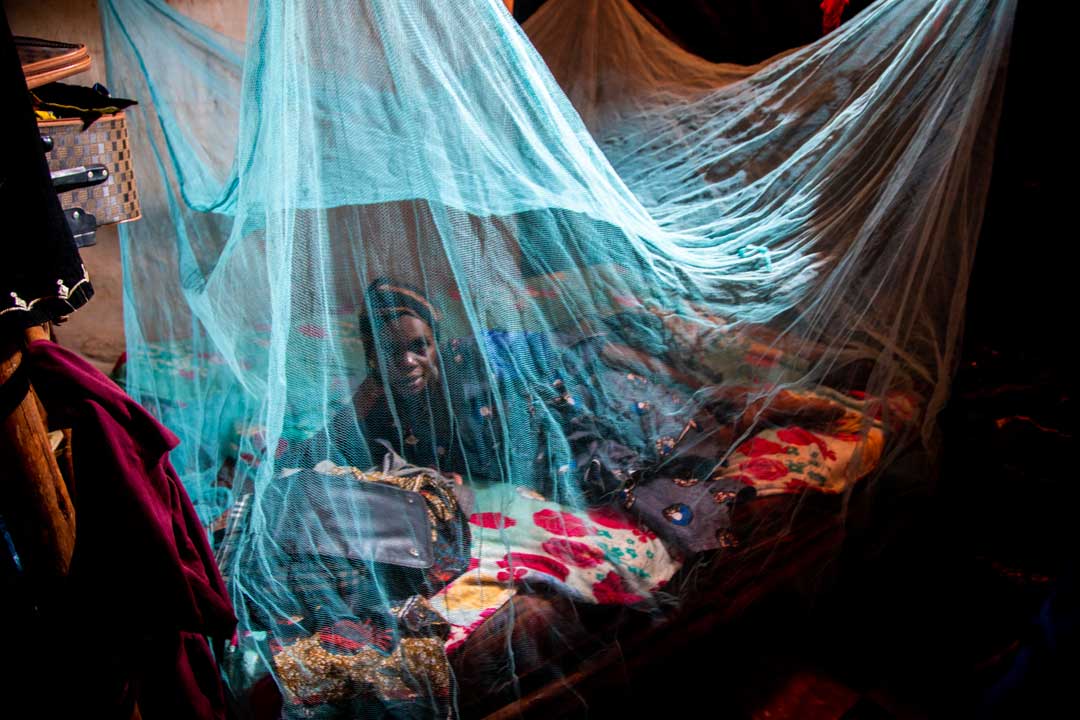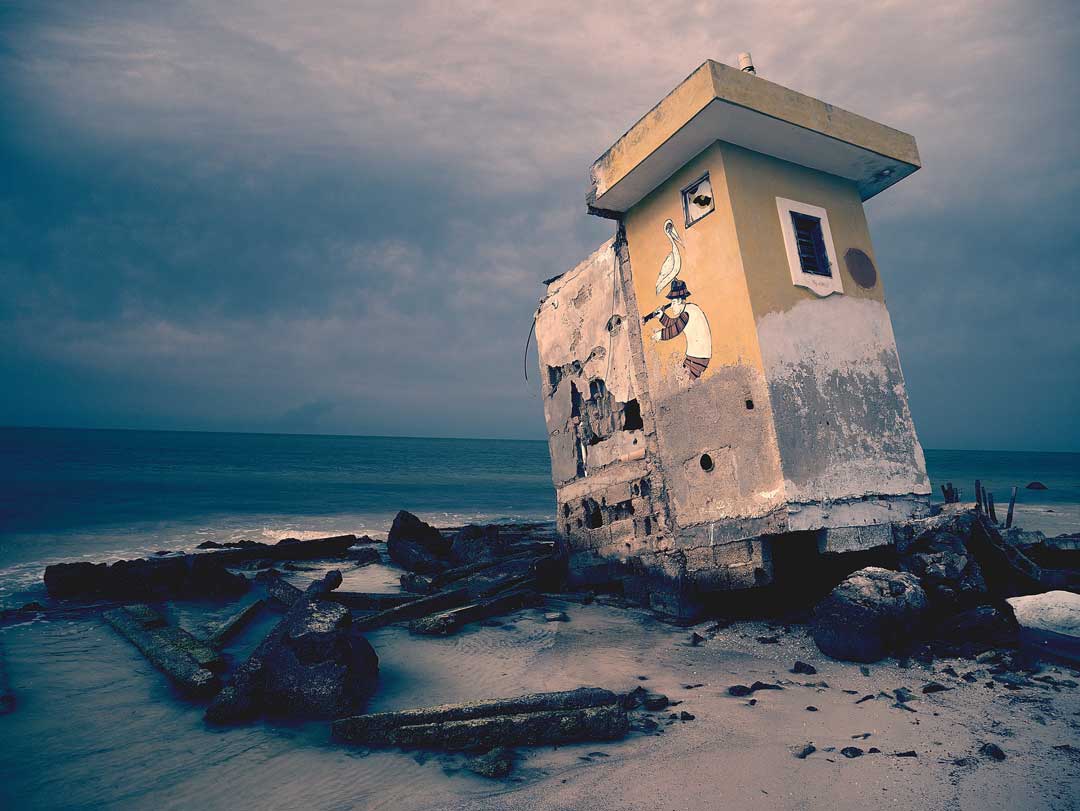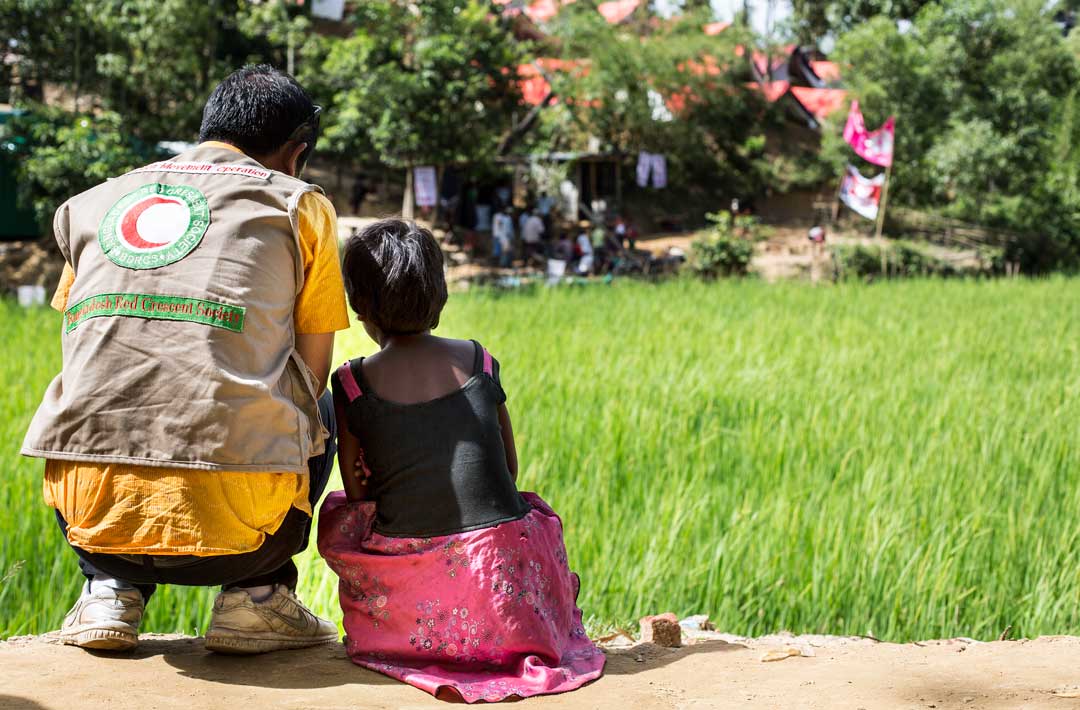We are in a period of the globalisation of fragility. The definition of protection, its scope and limitations, the role of humanitarian agencies, authorities and other actors has been and continues to be debated. Within the Red Cross Red Crescent Movement, interpretations and practice on protection is also diverse and varied but the aspect is to explore it in a wide perspective around Do No Harm and keeping people safe, considering how National Societies (NS) have always engaged in wide range of protective actions, and in response to increasing conflict, displacement and migration, some are increasingly active in certain fields.
DRIVING TRENDS
A cursory glance at the 2017 Global Peace Index (The 2017 Global Peace Index) makes for very interesting reading. Though it shows a slight improvement from 2016 due to gains in six of the nine geographical regions represented, the Index records a less peaceful world over the past decade. Since 2008, the global level of peace has deteriorated by 2.14%, with 80 countries improving while 83 countries deteriorated.
One of the major trends recorded over the last decade and attributed to this decline has been the growing inequality in peace between the most and least peaceful countries. These trends show that the growing inequality in peace is largely attributable to the rise of conflicts within states, the rise of terrorism and increasing levels of criminality. As desperate people flee conflict zones, the impact of forced displacement is hitting neighbouring countries hardest and they are coping as best they can. The number of displaced people and refugees is the highest since the end of the Second World War. While the first half of the 20th century was a major period of inter-state warfare and wars of decolonisation, the second half gave way to an era of predominantly civil conflicts. A little over 20% of the world’s population live in countries under the threat of large-scale, organised violence, according to the World Bank’s 2011 World Development Report.
Experiences over the last decade in many parts of the world illustrate the challenges that the changing nature of armed conflict poses for peace as the landscape and nature of conflict change. Challenges to the established order in different places around the world are rising, linked to diverse causes – political change, regional and national autonomy, urbanisation, climate change, faith and cultural identity, or securing the basic conditions of life. Underlying some of the causes for current conflicts are some cross-cutting characteristics, including the rise of violent non-state actors and the prevalence of civil wars; deep socio-political and ethno-religious conflicts; huge levels of mistrust and intolerance; constantly changing alliances, loyalties and relationships; changing frontlines and territorial control; destruction of social infrastructures and services; and links to natural resources.
We are moving into a period of globalisation of fragility. For all the relative calmness and progress of the second half of the 20th Century and the early years of the 21st, we still see a world that is hurting due to increased fragility – fragility that is globalising at the pace of our fast-evolving world.
HOW WILL THIS PLAY OUT IN THE NEXT 10 YEARS?
Understanding how the different elements of risk interact with each other is fundamental to looking at the future of protection. The capacity to respond to challenges is necessary but not enough; and relying on crisis response is truly inadequate. It is essential to meet emerging problems upstream. We need to build systems that minimise risk and improve the human condition holistically.
As we look forward, we need to explore some key issues which raises questions around challenges for the concept of protection and the future of peace for the Red Cross and Red Crescent:
- The scale and character of conflict is changing. The distinctions between war and peace and who is a combatant and non-combatant are becoming uncomfortably blurred. The battlefielf is both local and global. Modern conflict is hybrid in nature, combining traditional battlefield techniques with elements that were previously mostly associated with armed non-state actors. The Fourth Industrial Revolution offers individuals increasingly diverse ways to harm others on a grand scale such as cyber warfare / autonomous warfare. Current trends suggest a rapid and massive democratization of the capacity to inflict damage on a very large scale, challenging existing legal and ethical frameworks. All of this raises questions around
- What do we mean by peace? What is the definition of peace and what is a holistic version of this?
- What do we mean by violent extremism and should we be dealing with it and if so what should our role be?
- How can we work for conflict resolution and peaceful change in an era of renewed geopolitical division? Should we be playing a role?
- What are the new ideas and initiatives on how to mediate conflict, but also in terms of fixing the relationships between the parties that stand behind those who are fighting?
- How we remain true to an agenda that will transform people’s lives require supporting and working with those who work for peaceful change – in and out of government, in civil society, and including women and youth to help them:
- call for peaceful change;
- survive during conflict and maintain cohesion across conflict divides;
- rebuild their lives and their institutions after the guns fall silent;
- get involved fully and meaningfully in peace and reconciliation processes so that they can influence and live with the peace settlements that emerge.
This is a time of fundamental technological change. These rapid advances in technology are providing more than new capabilities – they are changing the way we live, work and relate to one another. The future (and the present) is digital: Humanitarian organizations are progressively becoming more digitally present, and able to leverage larger amounts of data from both offline and online groups of affected people. What does this mean around protection and the future of peace? Do we need to talk about new norms and conventions that will protect civilian and affected community interests: a ‘Geneva Convention’ for the digital world which will be a critical first step to addressing a greater set of challenges around digital freedoms? In 2018, we’re only just beginning to understand how the digital revolution will alter the make-up of our societies and lives. We need to be asking ourselves what a free society looks like in a digital world and what forms our democratic rights take online. It’s no longer just our right to assemble peacefully offline that needs to be protected, it is also our right to assemble and mobilize online.
How can we learn how to build and develop trust with affected people, including in the digital space? Arguably, trust can only be achieved with some level of delivery, a degree of openness, transparency and a predisposition to learn. This includes more willingness from us to take criticism on board, reflect and act on it. However, what trust really means in the context of relationships between affected people and humanitarians, particularly in conflicts and situations of violence, remains poorly understood. Similarly, how it is to be built and developed, including in the digital space, is lacking. We need to examine and consider how to build “virtual proximity” and “digital trust” to complement our physical proximity.
How do we continue to ensure to build credibility and trust from the public that is fatigued by crises? How will we sustain operations in a large number of ignored or forgotten crises where human suffering may be at its greatest? If fragility and extreme poverty continue to concentrate in certain countries/regions, how do we better allocate our resources/efforts globally to support this? How do we structure and prepare our organisation, its people and skills for a scale up of activity to address needs in these contexts?
How will RCRC manage complex cross-border responses with national organisational models?
How will RCRC support displaced populations and those moving back to home countries with tailored
and targeted support services that incorporate reintegration, livelihoods, health and education?
IMPLICATIONS FOR RCRC
As the IFRC, we are not necessarily a peace building organisation or are mandated to work in conflict areas. As a membership organisation whose members are there before, during and after any crisis, we have a duty to work on building trust between communities and looking at the long-term provision of a culture of peace and non-violence. Within the IFRC, there is considerable experience illustrating clear and significant roles in preventing, mitigating and responding to interpersonal and self-directed violence. As the IFRC we are using this premise and experience to coalesce around the concept of protection in humanitarian action which is about keeping people safe from harm.
This changing protection landscape and the overall landscape around conflict raises the importance of protection (as a wide perspective) as part of IFRC’s action, and increased the need for clarity on the role and priorities of IFRC and its member National Societies in protection, especially as it relates to the work of ICRC and other specific protection-mandated organisations as well as the role in community violence prevention and in conflict.
To be prepared for the emerging future, the question is where can we situate the work of the IFRC and National Societies to identify and future current trends on protection-focused work of National Societies and support by the IFRC Secretariat, and situates those practices and approaches within the international standards and practice on protection?
This originally appeared here



